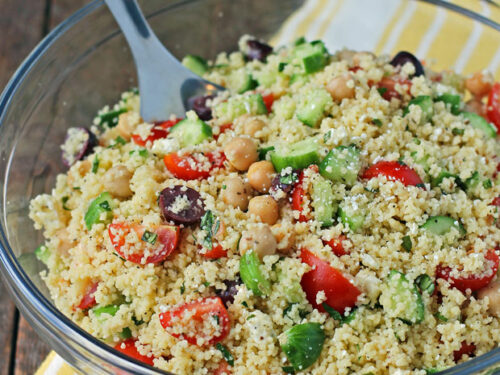
Introduction:
Couscous, a culinary delight with roots deeply embedded in North African traditions, has journeyed across continents to become a global sensation. This article embarks on a flavorful exploration, unraveling the history, cultural significance, and the art of crafting the perfect couscous. From the ancient Maghreb region to the contemporary kitchens around the world, couscous stands as a testament to the rich tapestry of global gastronomy.
Part 1: The Ancient Origins
A. The Birthplace of Couscous
Couscous traces its origins to the Maghreb region of North Africa, where it has been a staple for centuries. The earliest evidence of couscous dates back to the Berber tribes, who cultivated durum wheat and crafted this unique grain dish.
B. Berbers and the Art of Couscous
The Berbers, known for their mastery of agriculture, were among the first to develop the technique of steaming coarsely-ground wheat semolina to create the distinctive couscous grains. This process, requiring skill and precision, became an integral part of Berber culinary heritage.
Part 2: Cultural Significance
A. Couscous in Berber Traditions
Couscous holds immense cultural significance in Berber traditions. It is not merely a dish but a symbol of communal gatherings, celebrations, and familial bonds. The preparation of couscous is often a communal affair, with family members coming together to participate in the intricate process.
B. Couscous Across Borders
As trade routes expanded, couscous transcended regional borders, becoming a culinary treasure in countries across North Africa, including Morocco, Algeria, Tunisia, and Libya. Its popularity grew, weaving itself into the fabric of diverse cultures.
Part 3: Culinary Evolution
A. Couscous Beyond North Africa
The Arab influence in North Africa played a crucial role in the spread of couscous to the Middle East. By the 11th century, couscous had found its way to Sicily, marking its entrance into European cuisine.
B. Global Integration
With the waves of migration and globalization, couscous continued its journey, gracing tables in Europe, the Americas, and beyond. Its adaptability and versatility made it a favorite among chefs and home cooks seeking a delicious and nutritious alternative.
Part 4: Crafting the Perfect Couscous
A. Traditional Preparation
- Ingredients:
- Durum wheat semolina
- Water
- Salt
- Preparation:
- Begin by moistening the semolina with salted water until it forms small granules.
- Allow the semolina to dry, breaking up any clumps that may form.
- Steam the semolina in a couscousiere (a special steamer) until cooked, fluffing with a fork periodically to prevent clumping.
B. Variations and Modern Twists
- Couscous with Vegetables:
- Incorporate a colorful array of vegetables like carrots, zucchini, and bell peppers during the steaming process for added flavor and nutrition.
- Spiced Couscous:
- Infuse the couscous with aromatic spices such as cumin, coriander, and cinnamon for a fragrant and flavorful twist.
- Couscous Salad:
- Mix cooked couscous with fresh herbs, cherry tomatoes, feta cheese, and a light vinaigrette for a refreshing salad.
Part 5: Conclusion
Couscous, with its humble beginnings among the Berber tribes, has evolved into a global culinary phenomenon. Its journey from the Maghreb region to kitchens worldwide is a testament to the universality of good food. Whether prepared in the traditional Berber way or adorned with modern twists, couscous continues to delight palates and bring people together, embodying the essence of shared culture and global gastronomy. As you embark on your couscous culinary adventure, remember that each grain carries a rich history and the promise of a delicious future.